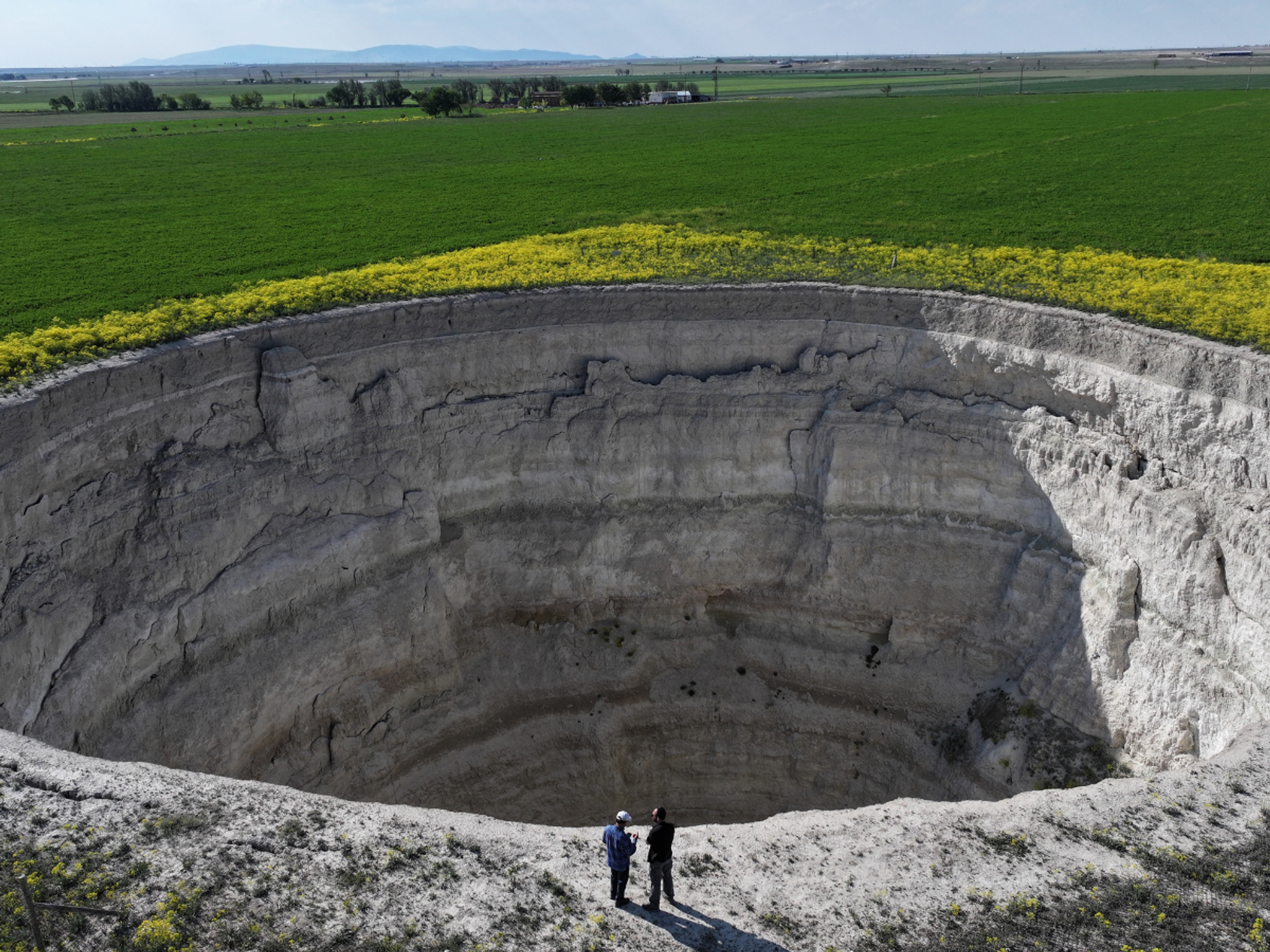Archaeologists unearth incredible findings hidden beneath Notre Dame Cathedral
The unexpected wealth of discoveries led authorities to extend an archeological dig to over two months
Don't Miss
Most Read
Archaeologists have unearthed an extraordinary collection of 1,035 historic artwork fragments beneath Notre Dame Cathedral during its reconstruction following the devastating 2019 fire.
The remarkable finds, which include pieces of a 13th-century rood screen and life-sized limestone sculptures, were discovered during mandatory archaeological surveys beneath the cathedral's stone floor.
The discoveries come as the iconic Parisian cathedral prepares to reopen to the public on 8 December, following a five-year restoration project.
The archaeological team from the French National Institute for Preventative Archaeological Research was initially given just five weeks to excavate no deeper than 16 inches beneath the cathedral's floor.
"The remains turned out to be much richer than expected. It's very impressive", lead archaeologist Christophe Besnier told National Geographic.
The unexpected wealth of discoveries led authorities to extend the dig to over two months, allowing the team to properly extract the precious artifacts.
 The remarkable finds were discovered during mandatory archaeological surveys beneath the cathedral's stone floor | REUTERS/GETTY
The remarkable finds were discovered during mandatory archaeological surveys beneath the cathedral's stone floor | REUTERS/GETTYAmong the most significant discoveries were fragments of a 13th-century rood screen, a masterwork of painted Gothic sculpture that once stood 13 feet high near the cathedral's entrance.
The ornate screen served multiple purposes, allowing priests to seclude themselves during daily prayer services whilst providing a platform for scripture readings to Parisians.
The screen, which featured life-sized sculptures depicting Christianity's story, remained in place for five centuries before being dismantled in the early 18th century and buried beneath the cathedral floor.
Among the most striking finds were several 13th-century sculpted heads and torsos, including a remarkably detailed depiction of Christ.

The unexpected wealth of discoveries led authorities to extend an archeological dig to over two months
|GETTY
"This particular sculpture is really exceptional in its finesse, its attention to detail. The rendering of the eyelids, the ears, the nose—it's incredible", said Besnier.
Archaeological analysis revealed these sculptures were originally painted in vibrant colours, with traces of red pigment still visible on some fragments.
French art critic Didier Ryker described the finds as "some of the most exceptional works of sculpture from any period in the world".
The archaeological survey also revealed two lead sarcophagi, with one believed to contain the remains of French Renaissance poet Joachim du Bellay.

Archaeological analysis revealed these sculptures were originally painted in vibrant colours, with traces of red pigment still visible on some fragments
|GETTY

The archaeological survey also revealed two lead sarcophagi, with one believed to contain the remains of French Renaissance poet Joachim du Bellay
|GETTY

French art critic Didier Ryker described the finds as "some of the most exceptional works of sculpture from any period in the world"
|GETTY
The team uncovered evidence of medieval construction techniques, including rope holds used for transport along the Seine River and iron clamps binding stones.
These iron clamps, dating to the cathedral's initial construction in 1163, confirmed Notre Dame as the first known Gothic cathedral to use iron as a building material.
Nearly 100 previously unknown graves were also discovered, bringing the total number of burials at Notre Dame to over 500.











